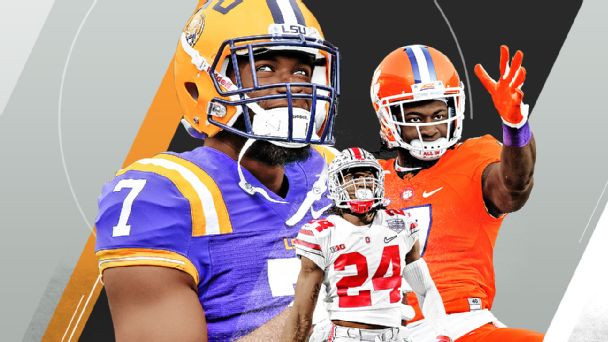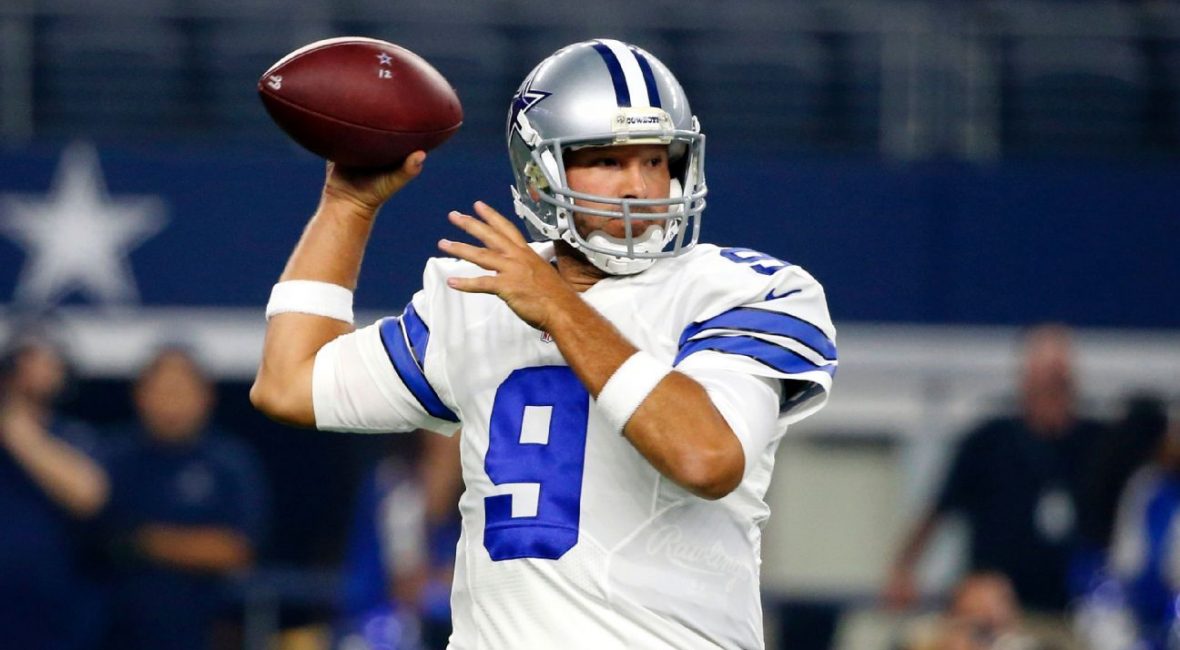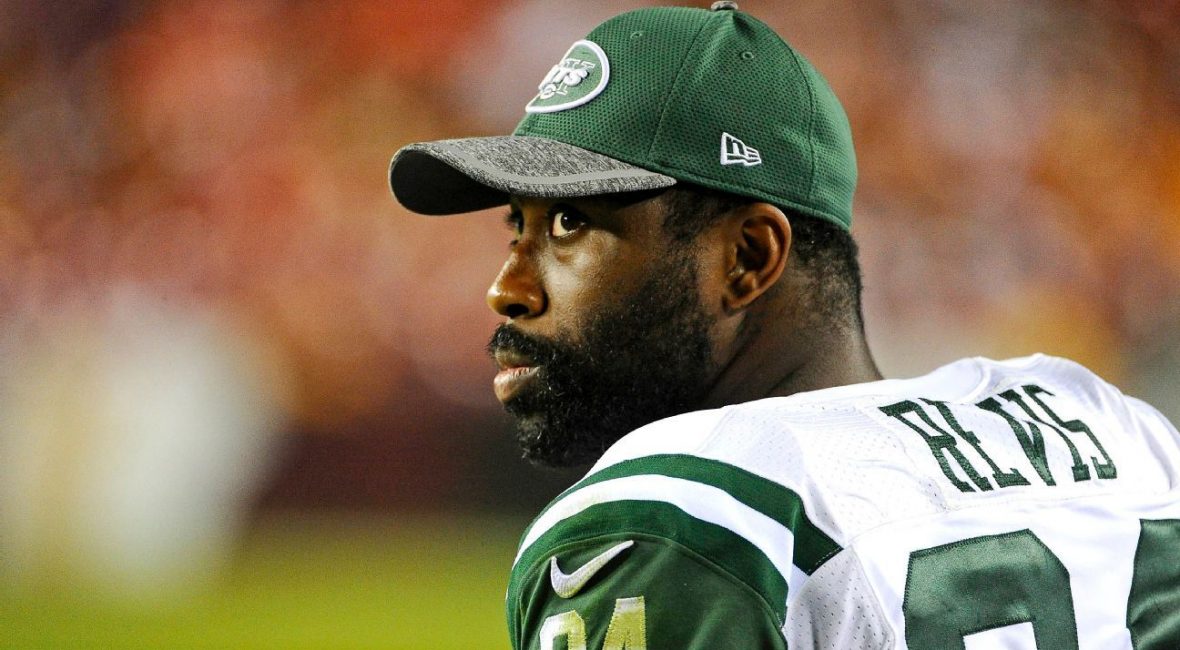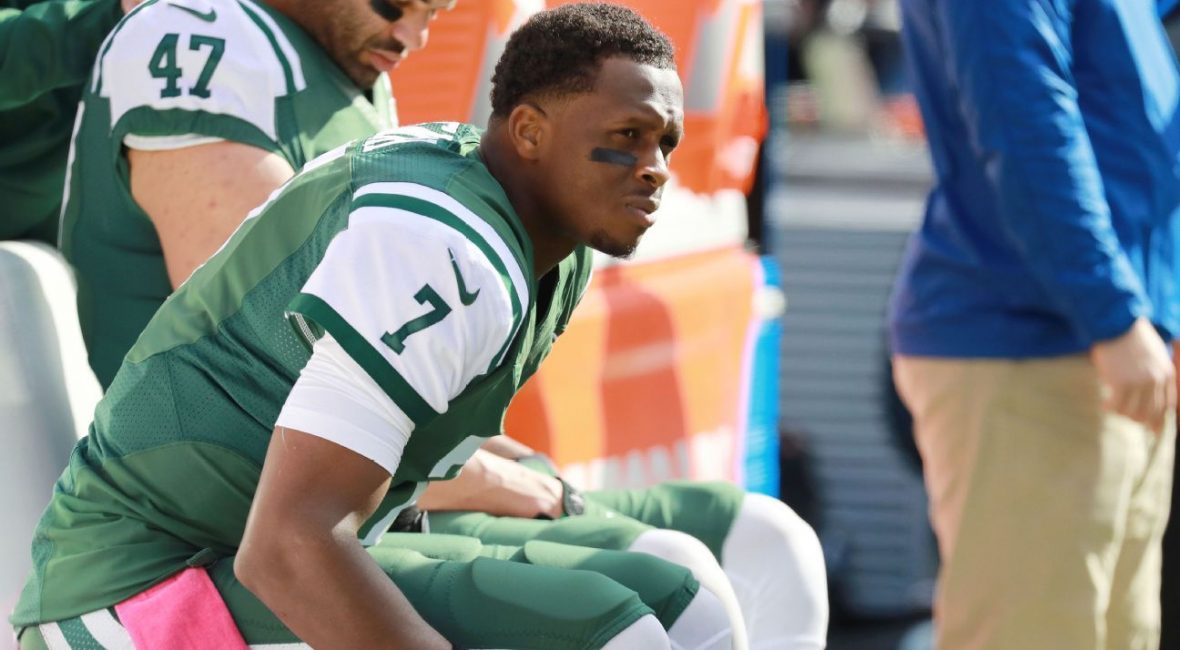KANSAS CITY, Mo. — If last season proved anything to the Kansas City Chiefs, it’s that they need a boost at running back.
Other than some unexpected big plays from Spencer Ware early in the season, the Chiefs were deficient at the position. They averaged just 109 rushing yards per game and, worse yet, just 4.2 yards per carry. The latter number was their worst since 2011, when Jamaal Charles missed most of the season with a knee injury (sound familiar?) and their leading rusher was Jackie Battle.
NFL draft home page »
• 2017 NFL draft order »
• Mel Kiper Jr.: Mock 2.0 »
• Todd McShay’s Top 32
• McShay: Top prospects by position
• Todd McShay: Mock 2.0 »
• Mel Kiper Jr.’s Big Board »
• Mel Kiper Jr.: Top 10 by position »
• Pro day schedule for prospects »
• Underclassmen who have declared »
• NFL draft player rankings »
Between Ware and Charcandrick West, the Chiefs didn’t have the speed to get the job done out of the backfield the way they needed. That’s one reason they went to Tyreek Hill so frequently out of the backfield late in the season.
Charles could solve the problem, of course. But there’s no guarantee he’ll either be playing for the Chiefs next season or would be the same player he was before his latest knee injury.
If that’s what the Chiefs are counting on, it’s a huge gamble. Even if Charles plays next season and plays well, it wouldn’t hurt the Chiefs to think about a better life after he’s gone. Charles turns 31 in December.
That’s why the Chiefs should consider Stanford’s Christian McCaffrey with their first-round draft pick, which is 27th overall. McCaffrey might not be an every-down back next season, or ever. He’s only about 200 pounds.
But Charles played much of his Chiefs career at around 200 pounds. So maybe McCaffrey could be more of the backfield solution than it appears.
Even if not, the Chiefs don’t need him to carry the full load. Ware and West are capable players, if not big-play producers. But they would need McCaffrey’s help and, at least on a part-time basis, he certainly looks capable of providing it. He catches the ball well, a necessity for a back in Andy Reid’s offense, and is capable of delivering some big plays, even if he’s not as fast as Charles was or Hill is.
Running back is the biggest need for the Chiefs on offense. Unless they know that Charles will play for them in 2017 and play well, it would be a shame if they don’t address it with a player with McCaffrey’s potential.




 Round 1: April 27, 8 p.m. ET
Round 1: April 27, 8 p.m. ET

